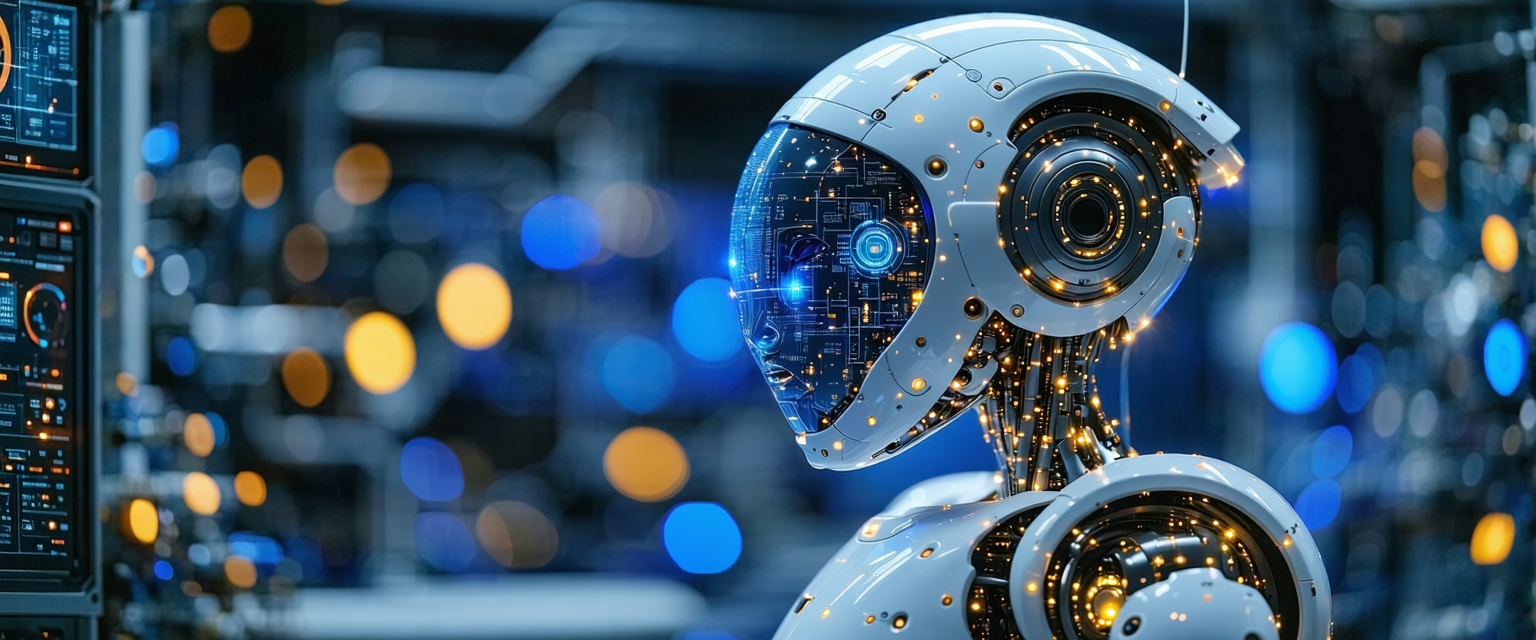






The field of robotics is experiencing rapid advancements, pushing the boundaries of what machines can do. Recent developments in artificial intelligence, materials science, and control systems are leading to more capable and versatile robots.
For decades, robots have been primarily used in industrial settings, performing repetitive tasks with high precision. However, the limitations of traditional robotic systems – their inflexibility and lack of adaptability – have hindered their wider adoption in more dynamic environments.
Recent progress in areas like machine learning has begun to address these limitations. Robots are now capable of learning complex tasks from data, adapting to unpredictable circumstances, and even collaborating with humans more effectively.
Several notable advancements have been made recently. Researchers at MIT have developed a new type of soft robot that can navigate complex terrains with unprecedented agility. This is achieved through innovative materials and advanced control algorithms.
Simultaneously, progress in AI is enabling robots to perform tasks that were once considered the exclusive domain of humans. For example, robots are now being trained to perform delicate surgical procedures, handle fragile objects in warehouses, and even assist with elder care.
Another significant development is the rise of collaborative robots, or “cobots.” These robots are designed to work safely alongside humans, sharing workspace and tasks, enhancing productivity and safety in factories and other work environments.
These advancements are expected to have a significant impact on various industries. From manufacturing and logistics to healthcare and agriculture, robots are poised to transform the way we work and live. Increased automation will likely lead to higher efficiency and productivity, while also addressing labor shortages in certain sectors.
However, the widespread adoption of robots also raises ethical considerations regarding job displacement and the need for workforce retraining programs. Societal adjustments will be necessary to ensure a smooth transition into a future more heavily reliant on robotic assistance.
The future of robotics is bright. Ongoing research focuses on improving robot dexterity, perception, and autonomy. The development of more sophisticated AI algorithms, coupled with advancements in materials science, will likely lead to robots that are even more versatile, adaptive, and intelligent.
We can expect to see robots play increasingly important roles in addressing global challenges such as climate change, healthcare access, and aging populations. The development of ethical guidelines and regulations will remain essential to harnessing the transformative potential of robotics while mitigating potential risks.